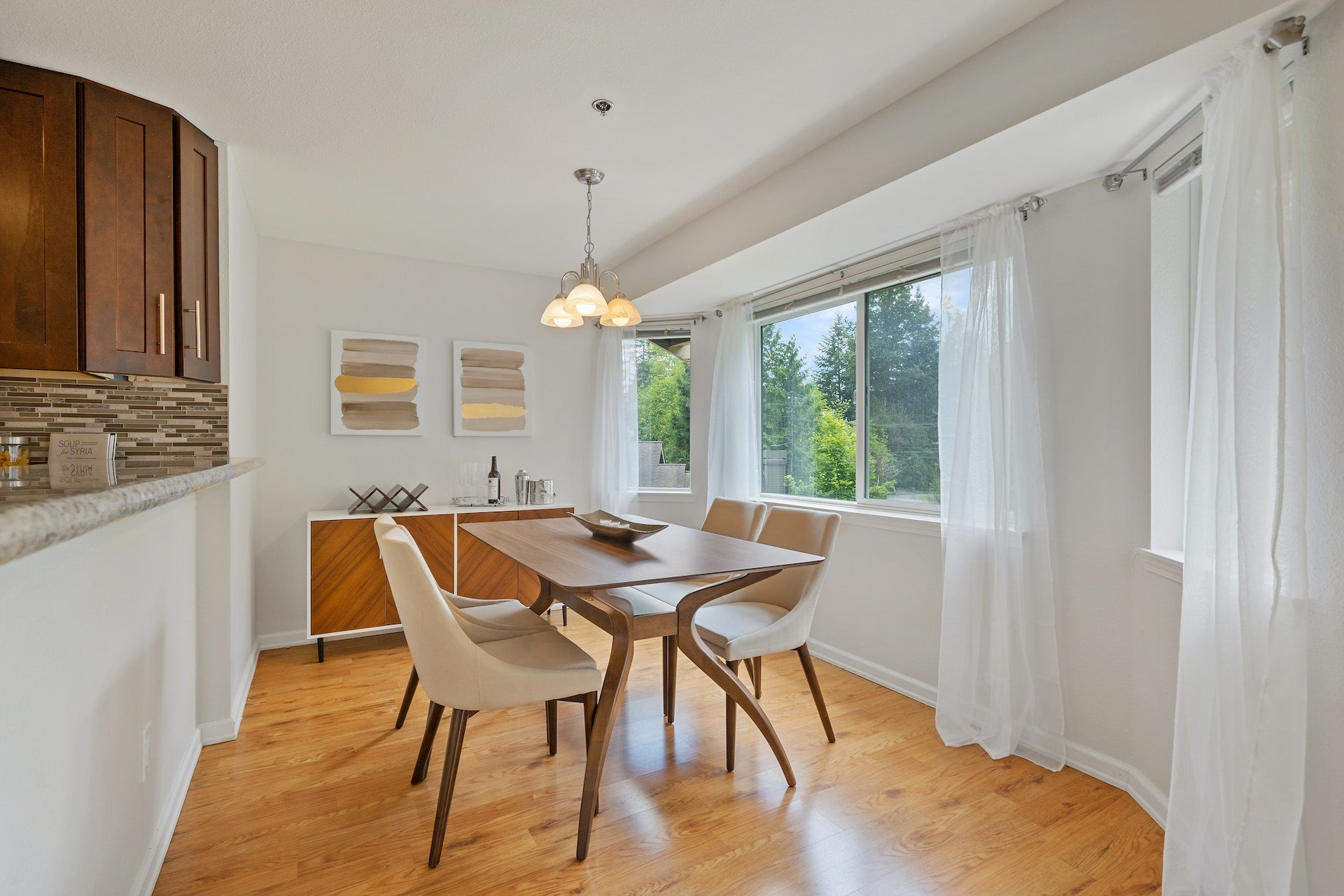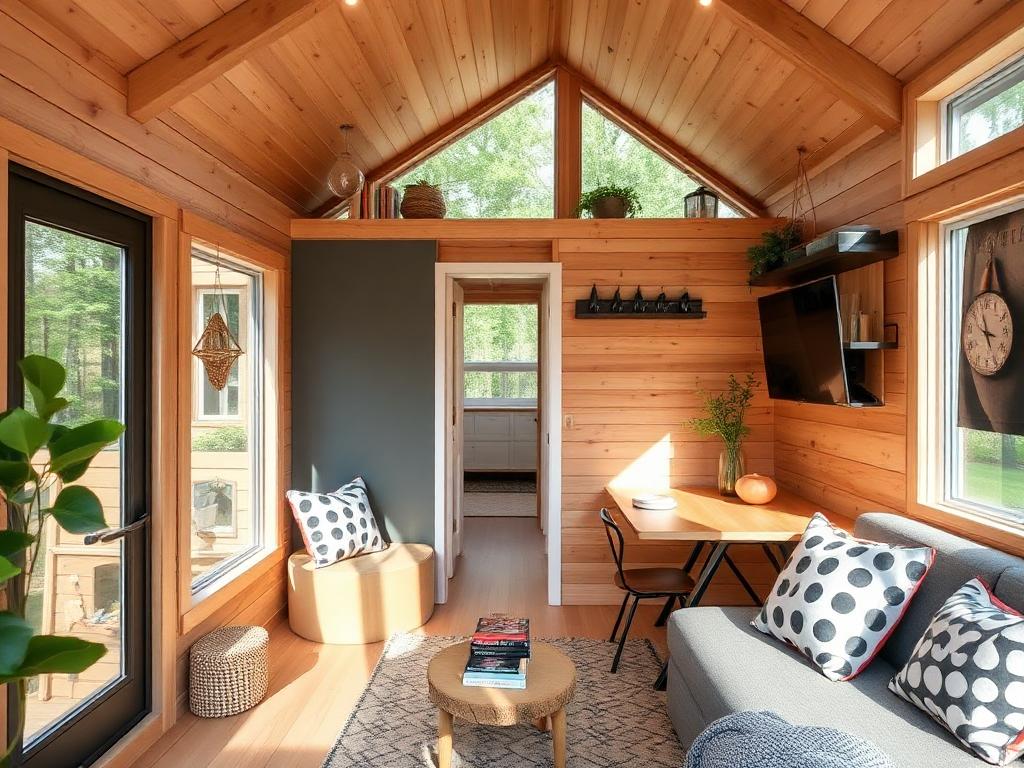The heart of any home, the kitchen and dining room, serves as a sanctuary where families and friends gather to indulge in delectable feasts and share the joys of life.
As the stage for these culinary adventures, the centerpiece of these spaces takes center stage, setting the tone for the entire experience.
In the fusion of design and functionality, finding the perfect kitchen and dining room table becomes an art form, a quest to discover the embodiment of style, comfort, and personal expression.
So, get on this journey with us as we discover a world brimming with elegance, versatility, and endless possibilities and unlock the secrets to selecting the table that will elevate your home to extraordinary heights.
Whether you prefer rustic charm, contemporary chic, or timeless elegance, we invite you to explore your options and find the centerpiece that will transform your kitchen and dining room into a culinary haven.
Choosing the right table for these spaces is essential, as it is a focal point and functional centerpiece. With a wide range of options, from classic to contemporary designs, finding the perfect kitchen and dining room table can transform your space.
What Makes A Good Centerpiece?
A good centerpiece can captivate, seamlessly blending aesthetics and functionality. It serves as the focal point of your kitchen or dining room, tying together the design elements while enhancing the overall ambiance.
Here are a few key qualities that make a centerpiece truly exceptional:
- Style and Aesthetics: A good centerpiece harmonizes with your space's overall theme and style. Whether you prefer sleek modern lines, rustic charm, or classic elegance, it should complement the existing decor and create a cohesive visual appeal.
- Proportions and Size: The size of the centerpiece should be proportional to the table and the room itself. It should neither overpower nor get lost in the surroundings. Finding the right balance ensures it becomes a statement piece without overwhelming the space.
- Functionality: While aesthetics are essential, functionality is equally crucial. A good centerpiece should allow conversation and the dining experience. It should allow for comfortable seating and ample space for place settings, serving dishes, and tableware.
- Versatility: A versatile centerpiece adapts to different occasions and can be easily styled to reflect various moods and festivities. It should accommodate everyday meals and special gatherings, allowing you to personalize and transform your dining experience effortlessly.
- Personal Expression: Your centerpiece should reflect your unique personality and taste. It could be a reflection of your cultural heritage, a collection of cherished objects, or a work of art that speaks to your soul. Infusing your personal touch into the centerpiece makes it unique and imbues the space with warmth and authenticity.
- Conversation Starter: A good centerpiece sparks conversation and encourages interaction. It could be a visually striking centerpiece that draws attention, an arrangement of fresh flowers that bring the beauty of nature indoors, or an intriguing piece of artwork that elicits curiosity and discussion among guests.
How To Choose The Perfect Centerpiece?
Choosing the perfect centerpiece for your kitchen or dining room involves a thoughtful process that considers your personal preferences, the space itself, and the desired atmosphere. Here are some steps to guide you in selecting the ideal centerpiece:
Size and Shape
The first consideration when choosing a modern kitchen table is the size and shape that will best suit your space. Measure your room carefully, considering any other furniture or fixtures in the area.
Rectangular tables are popular as they provide ample seating and accommodate larger groups. They work well in both traditional and contemporary settings.
Round tables are ideal for smaller spaces or rooms with awkward corners. They create an intimate atmosphere and facilitate easy conversation among guests.
Square tables offer a modern and stylish look and work well in smaller kitchens or dining areas. They can be a great space-saving option.
Oval tables provide a unique and elegant look, combining the functionality of a rectangular table with the softer edges of a round table.
Material and Durability
The material of the table plays a significant role in its durability, maintenance, and overall aesthetic.
Consider the following options: Wooden tables are timeless, offering warmth and natural beauty. Solid wood tables, such as those made from oak, walnut, or maple, are durable and can withstand daily use.
Glass tables lend a sleek and modern look to a space. They create an open and airy feel, making them an excellent choice for smaller kitchens or dining areas.
However, they require regular cleaning to maintain sparkle and may be prone to scratches. Metal tables like those made from stainless steel or wrought iron offer a contemporary and industrial look. They are durable, easy to clean, and can add a touch of sophistication to your space.
Style and Design
The style and design of the table should complement your overall decor and personal taste. Here are a few popular styles: Traditional tables feature ornate detailing, curved legs, and rich finishes. They create a sense of timeless elegance and work well in formal dining rooms or classic kitchen settings.
Modern and contemporary tables emphasize clean lines, minimalist designs, and sleek finishes. They are perfect for those seeking a sleek, sophisticated look that fits well in modern homes.
Rustic tables exude charm and character, often featuring distressed wood finishes, farmhouse-inspired designs, and natural textures. They are excellent for country-style kitchens or homes with a cozy, casual ambiance.
Functionality and Seating Capacity
If you frequently entertain guests or have a large family, a table with a larger seating capacity or extendable leaves may be ideal. This allows you to adjust the table size to accommodate more people when needed. Additionally, consider the height of the table.
For instance, the standard height of a dining table is 30 inches. However, these heights can be tailored according to your needs.
Budget
Set a budget for your kitchen or dining room table to help narrow your options. Tables come in a wide price range, depending on the materials used, craftsmanship, and brand.
It's important to balance quality and affordability, considering that a table is an investment piece that will be used daily.
Consider the maintenance and care requirements of the table. Some materials, such as glass or high-gloss finishes, may require more frequent cleaning to keep them looking their best.
Wood tables may need occasional polishing or resealing to maintain their luster and protect them from stains.
Conclusion
Whether you opt for a traditional farmhouse table, a sleek modern design, or a versatile extendable option, the right centerpiece will create a welcoming atmosphere for gatherings, meals, and cherished moments with loved ones. So let your creativity and personal taste guide you to the ideal centerpiece that will transform your kitchen and dining room into the heart of your home.






Share: